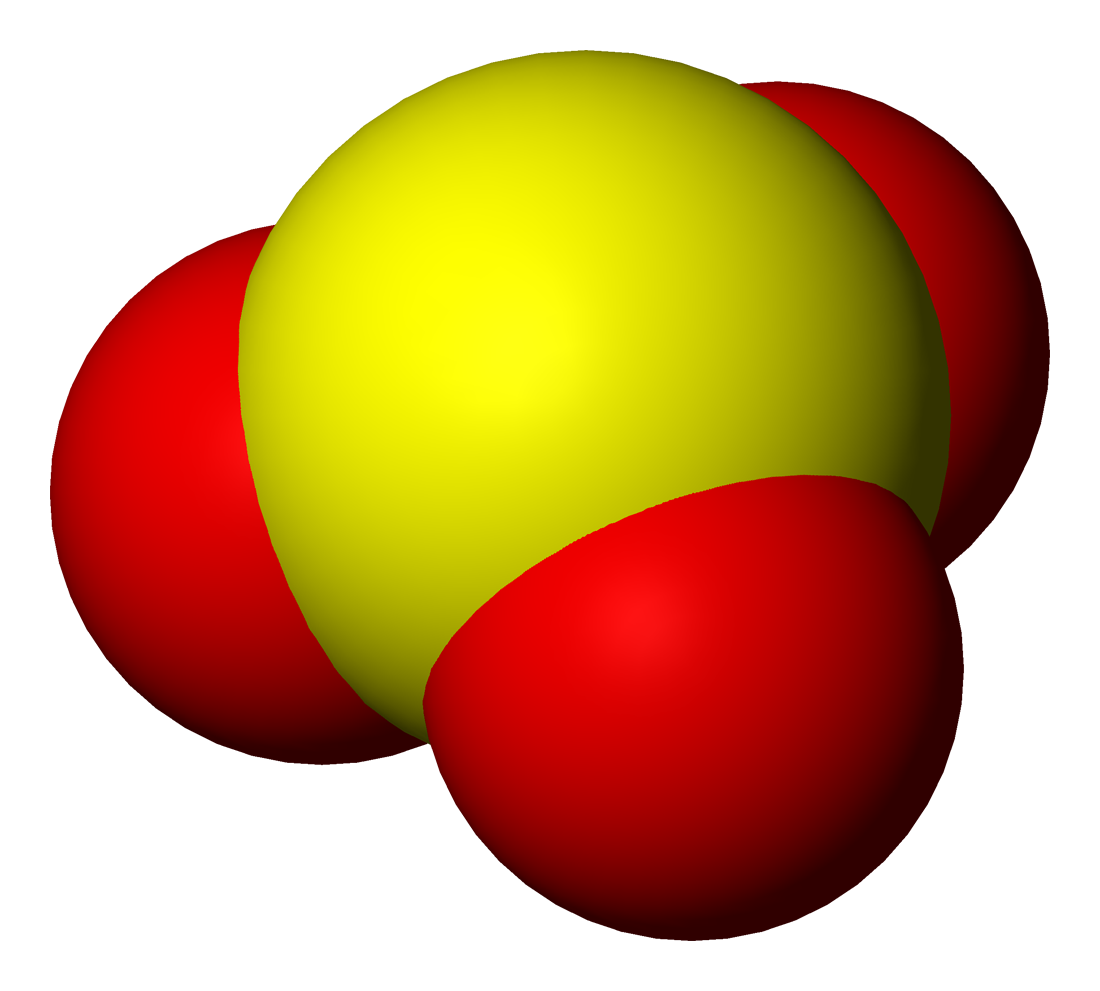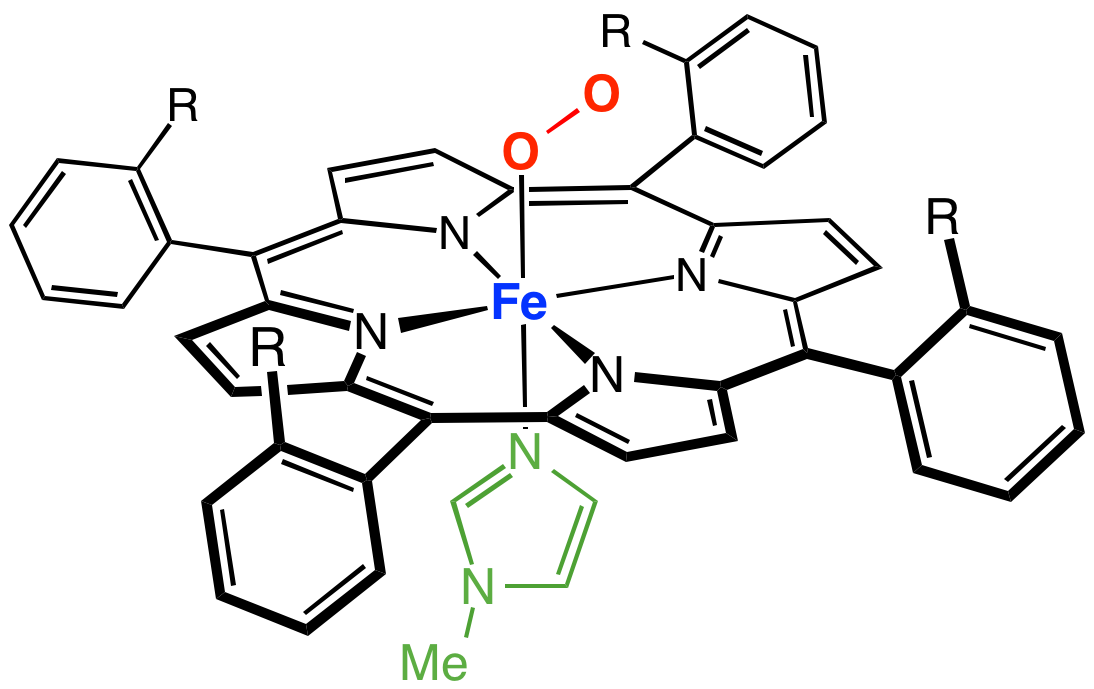|
Erythorbic Acid
Erythorbic acid (isoascorbic acid, D-araboascorbic acid) is a stereoisomer (C5 epimer) of ascorbic acid (vitamin C). It is synthesized by a reaction between methyl 2-keto-D-gluconate and sodium methoxide. It can also be synthesized from sucrose or by strains of ''Penicillium'' that have been selected for this feature. It is denoted by E number E315, and is widely used as an antioxidant in processed foods. Health effects Clinical trials have been conducted to investigate aspects of the nutritional value of erythorbic acid. One such trial investigated the effects of erythorbic acid on vitamin C metabolism in young women; no effect on vitamin C uptake or clearance from the body was found. A later study found that erythorbic acid is a potent enhancer of nonheme-iron absorption, just like ascorbate. This is thought to be due to it exerting the same iron-reducing and iron-chelating activity as ascorbic acid. Neither of these reactions is mediated by an enzyme, which would confer some ... [...More Info...] [...Related Items...] OR: [Wikipedia] [Google] [Baidu] |
Calcium Erythorbate
Calcium erythorbate is a food additive. Chemically, it is the calcium salt of erythorbic acid, with the chemical formula Ca(C6H7O6)2. As an antioxidant structurally related to vitamin C, it helps improve flavor stability and prevents the formation of carcinogenic nitrosamine Nitrosamines (or more formally ''N''-nitrosamines) are organic compounds produced by industrial processes. The chemical structure is , where R is usually an alkyl group. Nitrosamines have a nitroso group () that are "probable human carcinogens", ...s. References Food antioxidants Calcium compounds Monosaccharides {{Carbohydrate-stub ... [...More Info...] [...Related Items...] OR: [Wikipedia] [Google] [Baidu] |
Sulfites
Sulfites or sulphites are chemical compound, compounds that contain the sulfite ion (IUPAC nomenclature of inorganic chemistry, systematic name: sulfate(IV) ion), . The sulfite ion is the conjugate base of bisulfite. Although its acid (sulfurous acid) is elusive, its salts are widely used. Sulfites are substances that naturally occur in some foods and the human body. They are also used as regulated food additives. When in food or drink, sulfites are often lumped together with sulfur dioxide.SeREGULATION (EU) No 1169/2011 OF THE EUROPEAN PARLIAMENT AND OF THE COUNCIL/ref> Structure The structure of the sulfite anion can be described with three equivalent resonance structures. In each resonance structure, the sulfur atom is double-bonded to one oxygen atom with a formal charge of zero (neutral), and sulfur is singly bonded to the other two oxygen atoms, which each carry a formal charge of −1, together accounting for the −2 charge on the anion. There is also a non-bonded lone ... [...More Info...] [...Related Items...] OR: [Wikipedia] [Google] [Baidu] |
Food Antioxidants
Food is any substance consumed by an organism for nutritional support. Food is usually of plant, animal, or fungal origin and contains essential nutrients such as carbohydrates, fats, proteins, vitamins, or minerals. The substance is ingested by an organism and assimilated by the organism's cells to provide energy, maintain life, or stimulate growth. Different species of animals have different feeding behaviours that satisfy the needs of their metabolisms and have evolved to fill a specific ecological niche within specific geographical contexts. Omnivore, Omnivorous humans are highly adaptable and have adapted to obtaining food in many different ecosystems. Humans generally use cooking to prepare food for consumption. The majority of the food energy required is supplied by the industrial food industry, which produces food through Intensive farming, intensive agriculture and distributes it through complex food processing and food distribution systems. This system of conven ... [...More Info...] [...Related Items...] OR: [Wikipedia] [Google] [Baidu] |
Manduca Sexta
''Manduca sexta'' is a moth of the family Sphingidae present through much of the Americas. The species was first described by Carl Linnaeus in his 1763 ''Centuria Insectorum''. Commonly known as the Carolina sphinx moth and the tobacco hawk moth (as adults) and the tobacco hornworm and the Goliath worm (as larvae), it is closely related to and often confused with the very similar tomato hornworm (''Manduca quinquemaculata''); the larvae of both feed on the foliage of various plants of the family Solanaceae. The larvae of these species can be distinguished by their lateral markings: Tomato hornworms have eight V-shaped white markings with no borders; tobacco hornworms have seven white diagonal lines with a black border. Additionally, tobacco hornworms have red horns, while tomato hornworms have dark blue or black horns. A mnemonic to remember the markings is tobacco hornworms have straight white lines like cigarettes, while tomato hornworms have V-shaped markings (as in "vine-ri ... [...More Info...] [...Related Items...] OR: [Wikipedia] [Google] [Baidu] |
Baker's Yeast
Baker's yeast is the common name for the strains of yeast commonly used in baking bread and other bakery products, serving as a leavening agent which causes the bread to rise (expand and become lighter and softer) by converting the fermentable sugars present in the dough into carbon dioxide and ethanol. Baker's yeast is of the species ''Saccharomyces cerevisiae'', and is the same species (but a different strain) as the kind commonly used in alcoholic fermentation, which is called brewer's yeast or the deactivated form nutritional yeast. Baker's yeast is also a single-cell microorganism found on and around the human body. The use of steamed or boiled potatoes, water from potato boiling, or sugar in a bread dough provides food for the growth of yeasts; however, too much sugar will dehydrate them. Yeast growth is inhibited by both salt and sugar, but more so by salt than sugar. Some sources say fats, such as butter and eggs, slow down yeast growth; others say the effect of fat ... [...More Info...] [...Related Items...] OR: [Wikipedia] [Google] [Baidu] |
Pseudomonas Fluorescens
''Pseudomonas fluorescens'' is a common Gram-negative, rod-shaped bacterium. It belongs to the ''Pseudomonas'' genus; 16S rRNA analysis as well as phylogenomic analysis has placed ''P. fluorescens'' in the ''P. fluorescens'' group within the genus, Text was copied from this source, which is available under Creative Commons Attribution 4.0 International License to which it lends its name. General characteristics ''Pseudomonas fluorescens'' has multiple flagella, an extremely versatile metabolism, and can be found in the soil and in water. It is an obligate aerobe, but certain strains are capable of using nitrate instead of oxygen as a final electron acceptor during cellular respiration. Optimal temperatures for growth of ''P. fluorescens'' are 25–30° C. It tests positive for the oxidase test, and is also a nonsaccharolytic bacterial species. Heat-stable lipases and proteases are produced by ''P. fluorescens'' and other similar pseudomonads. These enzymes cause milk to ... [...More Info...] [...Related Items...] OR: [Wikipedia] [Google] [Baidu] |
Reichstein Process
The Reichstein process in chemistry is a combined chemical and microbial method for the production of ascorbic acid from D-glucose in five steps. This process was devised by Nobel Prize winner Tadeusz Reichstein and his colleagues in 1933 while working in the laboratory of the ETH in Zürich. Reaction steps The reaction steps are: * hydrogenation of D-glucose to D-sorbitol, an organic reaction with nickel as a catalyst under high temperature and high pressure. * Microbial oxidation or fermentation of sorbitol to L- sorbose with acetobacter at pH 4-6 and 30 °C. * protection of the 4 hydroxyl groups in sorbose by formation of the acetal with acetone and an acid to Diacetone-L-sorbose (2,3:4,6−Diisopropyliden−α−L−sorbose) * Organic oxidation with potassium permanganate (to Diprogulic acid) followed by heating with water gives the 2-Keto-L-gulonic acid * The final step is a ring-closing step or gamma lactonization with removal of water. * Intermediate 5 can also ... [...More Info...] [...Related Items...] OR: [Wikipedia] [Google] [Baidu] |
Myoglobin
Myoglobin (symbol Mb or MB) is an iron- and oxygen-binding protein found in the cardiac and skeletal muscle, skeletal Muscle, muscle tissue of vertebrates in general and in almost all mammals. Myoglobin is distantly related to hemoglobin. Compared to hemoglobin, myoglobin has a higher affinity for oxygen and does not have cooperative binding with oxygen like hemoglobin does. Myoglobin consists of non-polar amino acids at the core of the globulin, where the heme group is non-covalently bounded with the surrounding polypeptide of myoglobin. In humans, myoglobin is found in the bloodstream only after Strain (injury), muscle injury. (Google books link is the 2008 edition) High concentrations of myoglobin in muscle cells allow organisms to hold their breath for a longer period of time. Diving mammals such as whales and seals have muscles with particularly high abundance of myoglobin. Myoglobin is found in Type I muscle, Type II A, and Type II B; although many older texts describe myo ... [...More Info...] [...Related Items...] OR: [Wikipedia] [Google] [Baidu] |
Preservative
A preservative is a substance or a chemical that is added to products such as food products, beverages, pharmaceutical drugs, paints, biological samples, cosmetics, wood, and many other products to prevent decomposition by microbial growth or by undesirable chemical changes. In general, preservation is implemented in two modes, chemical and physical. Chemical preservation entails adding chemical compounds to the product. Physical preservation entails processes such as refrigeration or drying.Erich Lück and Gert-Wolfhard von Rymon Lipinski "Foods, 3. Food Additives" in ''Ullmann's Encyclopedia of Industrial Chemistry'', 2002, Wiley-VCH, Weinheim. Preservative food additives reduce the risk of foodborne infections, decrease microbial spoilage, and preserve fresh attributes and nutritional quality. Some physical techniques for food preservation include dehydration, UV-C radiation, freeze-drying, and refrigeration. Chemical preservation and physical preservation techniques ... [...More Info...] [...Related Items...] OR: [Wikipedia] [Google] [Baidu] |
Absorption (pharmacokinetics)
Absorption is the journey of a drug travelling from the site of administration to the site of action. The drug travels by some route of administration ( oral, topical-dermal, etc.) in a chosen dosage form (e.g., tablets, capsules, or in solution). Absorption by some other routes, such as intravenous therapy, intramuscular injection, enteral nutrition, is even more straightforward and there is less variability in absorption and bioavailability is often near 100%. Intravascular administration does not involve absorption, and there is no loss of drug. The fastest route of absorption is inhalation. Absorption is a primary focus in drug development and medicinal chemistry, since a drug must be absorbed before any medicinal effects can take place. Moreover, the drug's pharmacokinetic profile can be easily and significantly changed by adjusting factors that affect absorption. Dissolution Oral ingestion is the most common route of administration of pharmaceuticals. Passin ... [...More Info...] [...Related Items...] OR: [Wikipedia] [Google] [Baidu] |
Sodium Erythorbate
Sodium erythorbate (C6H7NaO6) is a food additive used predominantly in meats, poultry, and soft drinks. Chemically, it is the sodium salt of erythorbic acid. Uses When used in processed meat such as hot dogs, bologna, and beef sticks, it increases the rate at which nitrite reduces to nitric oxide, thus facilitating a faster cure and retaining the pink coloring. As an antioxidant structurally related to vitamin C, it helps improve flavor stability and prevents the formation of carcinogenic nitrosamines. When used as a food additive, its E number is E316. The use of erythorbic acid and sodium erythorbate as a food preservative has increased greatly since the U.S. Food and Drug Administration banned the use of sulfites as preservatives in foods intended to be eaten fresh (such as ingredients for fresh salads) and as food processors have responded to the fact that some people are allergic to sulfites. It is occasionally used in beverages, baked goods, and potato salad. Alternative ... [...More Info...] [...Related Items...] OR: [Wikipedia] [Google] [Baidu] |



